Chances are good that you have, at some time, been in a restaurant or bar that’s decorated with an array of old fishing equipment or boat steering wheels, ship anchors, and various other nautical parts. If you wondered how or where they found it, there are two possible answers: They either found it themselves, or they bought it from dealers who specialize in this niche of collectibles, which, in turn, lets you know there’s a market for this stuff.
It’s easy to assume there’s no real value in these items, which are often seen at yard sales or collecting dust in attics, but that’s not quite correct. A few examples of valuable vintage fishing lures include a lure called a copper Giant Haskell Minnow dating back to 1852, which sold for $101,200 at auction in 2003. A minnow-type lure made between 1900 and 1904, found in a tackle box, sold for $42,500 at auction in 2006.
More recent auction results include a vintage Shakespeare casting rod—estimated to be worth $40—that sold for $160, while a vintage Orvis fly rod valued at about $200 sold for $475, both at an auction held by Live Auctioneers in 2022. Additional remarkable examples can be found from Lang’s, a respected auction house specializing in vintage fishing tackle. These examples will no doubt prompt many to go take a closer look through Grandpa’s tackle box in the attic.
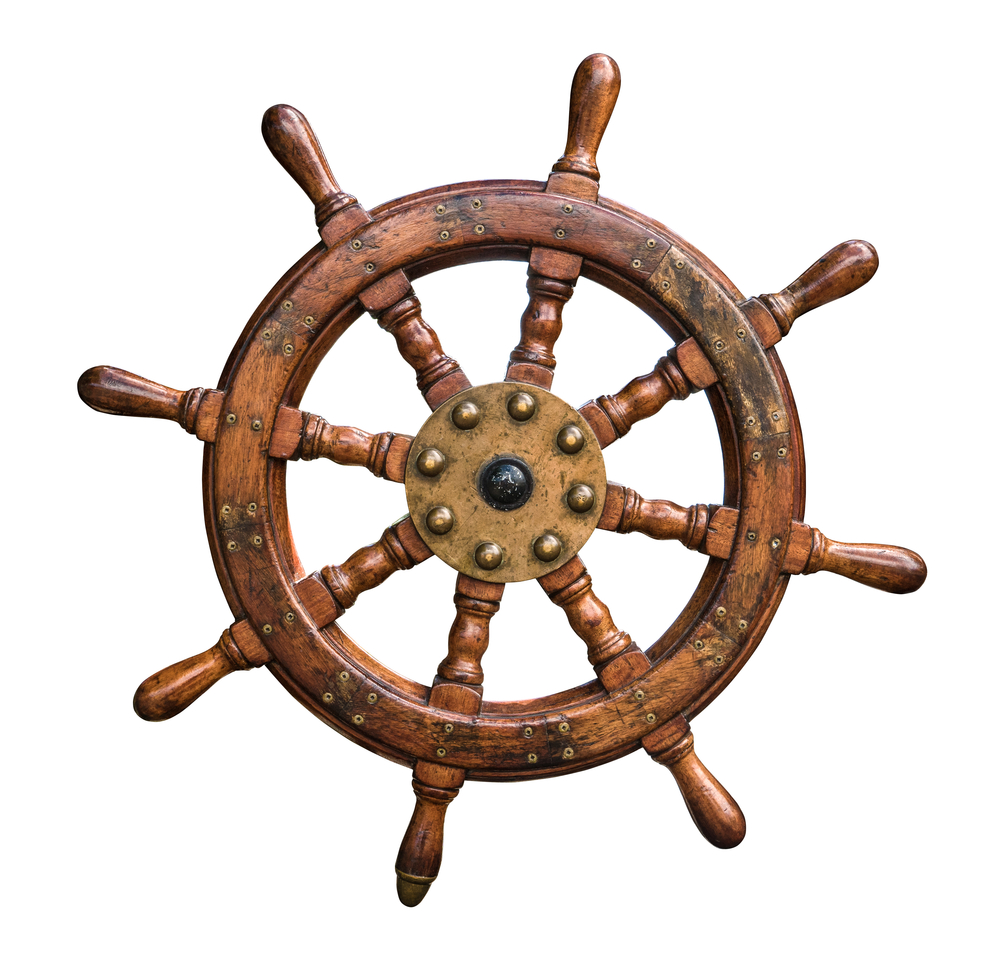
Acquisitions for Beginners
Fishing tackle may seem like a simple category, but a closer look reveals numerous segments that include freshwater, saltwater, ice fishing, and fly fishing. Of these, freshwater lures, rods, and assorted tackle constitute perhaps the most active market, if only because they’re used across the country and the majority of vintage gear is oriented to this segment; best of all, there’s a ready market of buyers, from wholesale dealers to active collectors. For these reasons, it’s a good initial market for those considering vintage fishing items as alternate investments.
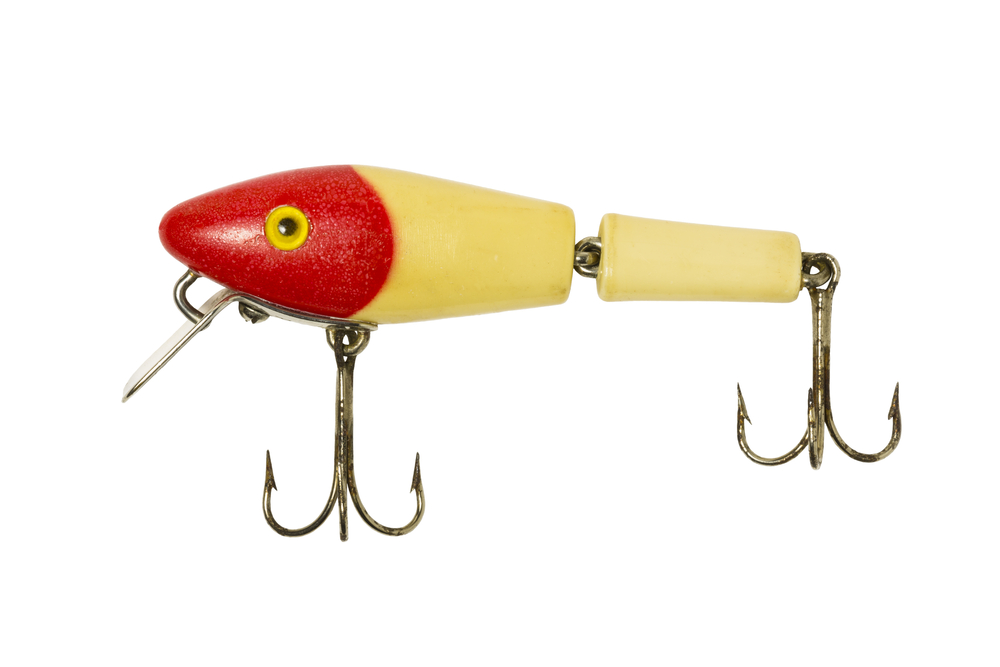
The two most important steps are, of course, buying and then selling the item. As with any other investment vehicle, the goal is to buy low and sell high. In order to recognize a good deal versus a great deal, investors need to perform a considerable amount of research on auction results, identifying sought-after items and then finding experts to authenticate possible acquisitions. This need for in-depth knowledge may incline investors to specialize in one of the many related niches.
In addition to vintage lures and fishing tackle, other segments include ships’ gear such as wheels, bells, anchors, clocks, compasses, scale models, and more, often categorized by the era and type of ship. Additional categories include recreational boat gear and related objects including water skis, dive gear, cleats, and even steering wheels and outboard motors.

The effort and time expended searching for acquisitions is what separates a hobby from an active investment strategy. A hobbyist would be an individual who occasionally attends local garage sales and explores the storage spaces of relatives’ homes, while an investor treats this as at least a part-time occupation, scouring internet sites and auction houses and conducting frequent sweeps of yard sales, estate sales, marine flea markets, and thrift stores within a prescribed geographic area. Neither approach is wrong, and a hobbyist may well evolve into a very active investor.
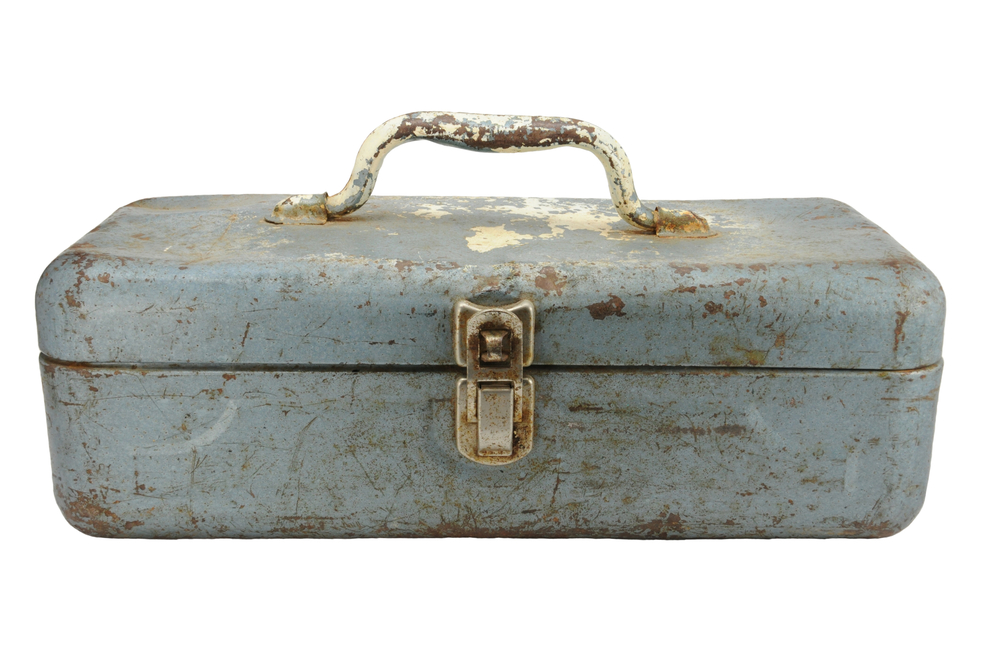
Selling as an Investor
Once the items have been acquired, except for those marked for personal use, the focus moves to selling and, as a related action, determining the current value of each item. One fairly efficient way to value items is to research the sale prices of similar items; when doing this research, note that asking prices can vary from actual sale prices. For fishing gear, sites such as MyBaitShop.com, the National Fishing Lure Collectors Club, and WorthPoint are all good places to research current values, and perhaps discover rare items to be on the lookout for.
To sell items, fishing tackle investors most often work with auction organizers, sell on their own behalf via the internet, or sell at wholesale to dealers and decorators. For vintage nautical items, the two most common markets are wholesalers, to include decorating firms, and sales via eBay and similar internet venues. Smaller items such as clocks or compasses can be sold by auction, but larger items such as anchors and large ship’s wheels aren’t often sold this way simply due to the difficulties and expense of shipping them to the buyer. Another market is other collectors who acquire these items as investments or use them to decorate their homes, offices, or man caves.
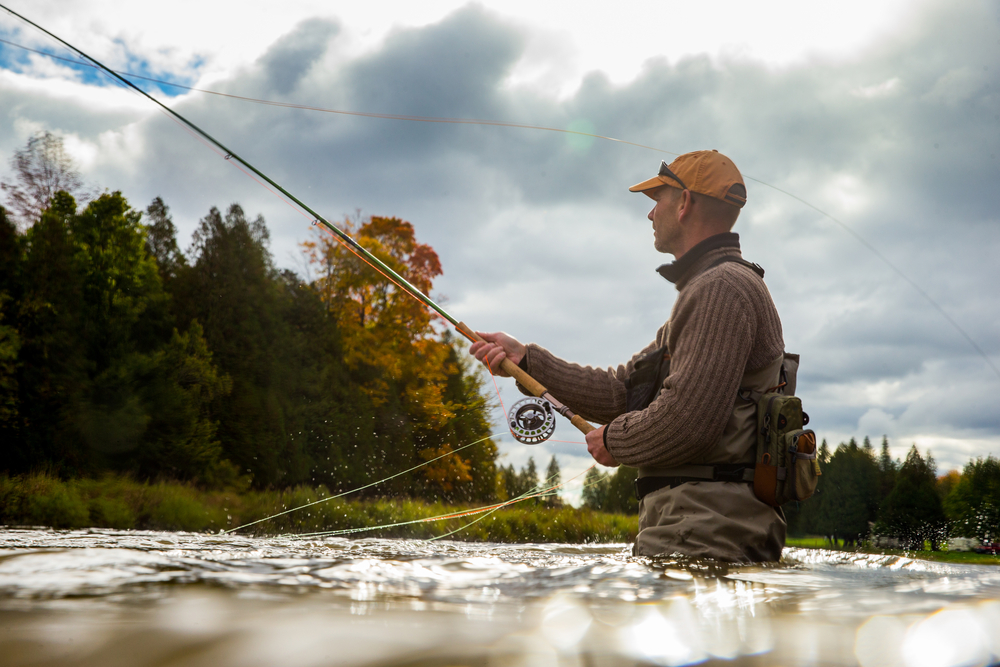
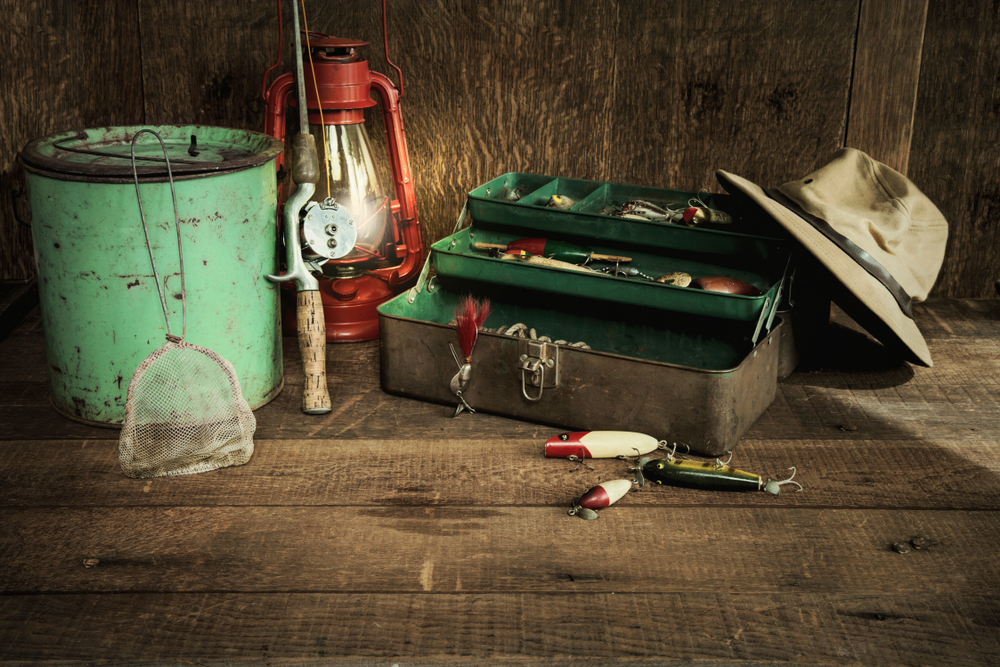
When selling them to dealers and decorators, investors will only receive about half the retail value, because the seller needs to make a profit, too. This makes buying at prices that ensure an acceptable margin a must. In order to get full value, investors will need to consider selling the items from their own brick-and-mortar shop, or perhaps more easily, by using the internet and sites such as eBay.
When starting out, sound advice is to “buy something you won’t mind owning.”
Credit: Source link
































